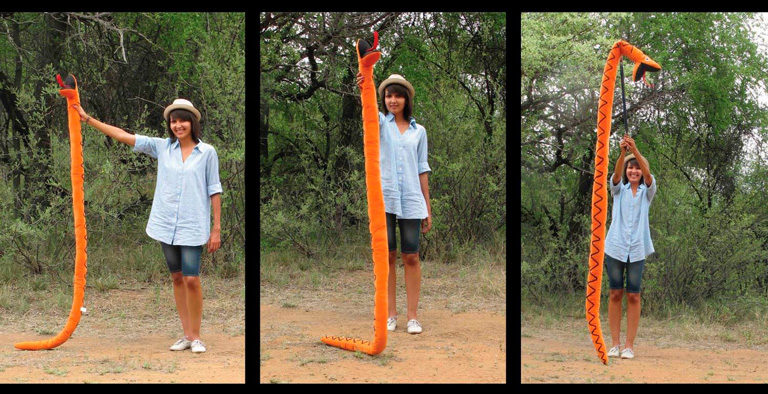

It is a deep, short, thick and very strong ligament (Palastnaga) Surrounds an iliac protrusion that inserts into a dorsal sacral cavity. Lowers the ischium in relation to the sacrum It is a triangular shape and the broad base attaches to the lower sacrum and the apex attaching into the ischial spine. The fibres then twist and pass downwards and laterally to insert into the ischial tuberosities. Attaches from the posterior border of the ilium to the back and side of the sacrum. Table 1 shows the main ligaments in the SIJ involved in force closure. force closure reduces the joint’s ‘neutral zone’ thereby facilitating stabilisation.Īs the ilium and sacrum only meet for approximately a third of the surfaces, the rest of the stability between the bones is provided by the ligaments. įorce closure creates greater friction and therefore increased form closure and what is called “self-bracing” or “self-locking” of the joint. Force closure is particularly important during activities such as walking when unilateral loading of the legs creates shear forces. Muscles, ligaments and the thoracolumbar facia all contribute to force closure. This force is generated by structures with a fibre direction perpendicular to the sacroiliac joint and is adjustable according to the loading situation. Force closure is the term used to describe the other forces acting across the joint to create stability. Īlthough form closure provides stability to the SIJ, for mobility to occur, further joint compression and stabilisation is required to withstand a vertical load. This “keystone” shape is created, as the sacrum has a wider side superiorly, which allows the sacrum to be “wedged” in between the ilium. The position of the bones in the SIJ creates a “keystone-like” shape which adds to the stability in the pelvic ring. The symmetrical grooves and ridges allow the highest coefficient of friction of any diarthrodial joint and protect the joint against shearing. The sacrum and the ilium each have one flat surface and one ridged surface which interlock together, promoting stability. įorm closure describes the stability of the joint from the design of the pelvic anatomy. standing and sitting, to increase stability. This normally occurs during increased load-bearing situations e.g. During nutation, the posterior parts of the iliac bones are compressed into the “keystone-like” shape, and the joint is in the locked and close-packed position.

Nutation describes when the sacrum is rotated forwards relative to the iliac bones and Counternutation describes when the sacrum is rotated backwards relative to the iliac bones.Īccording to Willard et al nutation can be regarded as anticipation for joint loading, as it is a more stable than counternutation. The two main movements occur when the sacrum moves relative to the iliac bones in the sagittal plane. There is very limited movement at the SIJ, with some literature suggesting as little as 4 degrees.


 0 kommentar(er)
0 kommentar(er)
